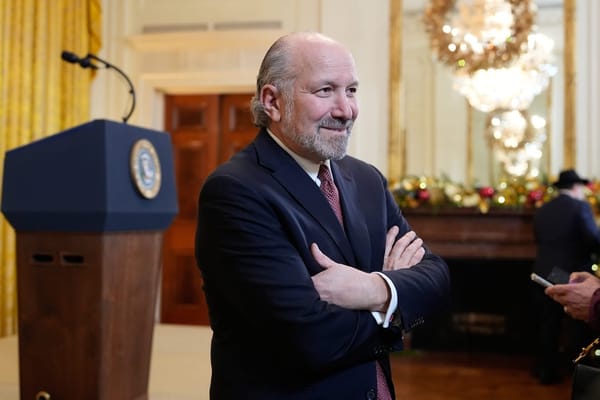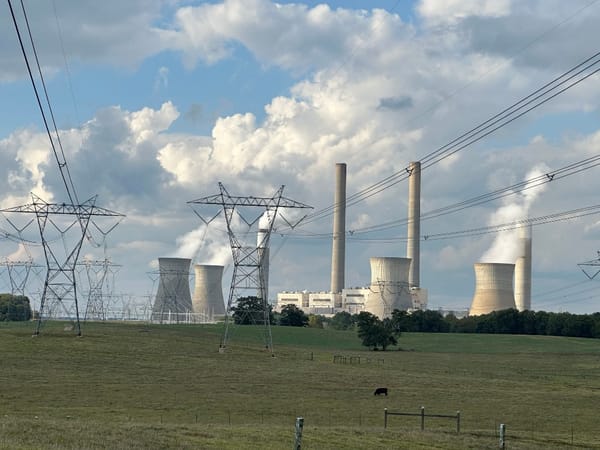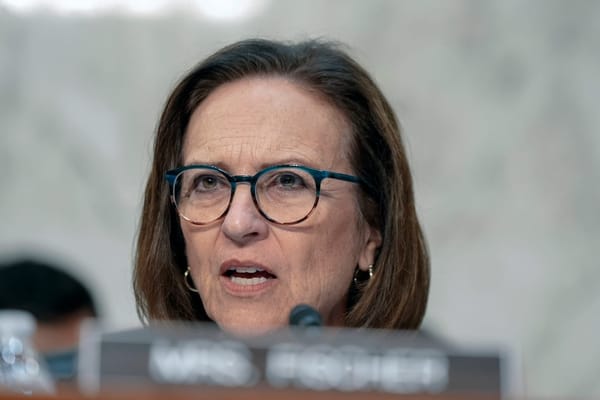State Broadband Leaders Speculate BEAD Future Under Trump Administration
More than half reveal permitting challenges, tariffs, and labor shortages threaten to impact BEAD rollout.
Jericho Casper

WASHINGTON, Jan.9, 2025 – More than a third of state broadband directors surveyed expect the incoming administration to introduce “new challenges” to implementing the signature broadband infrastructure program of the Biden Administration.
The survey, of 31 state broadband officers published on the web site broadband.io, provides a glimpse into their expectations and concerns as the federal $42.5 billion Broadband Equity, Access, and Deployment program braces for potential shifts under the next administration.
Directors expressed a mix of apprehension and hope for the future of the program, with 36% expecting the incoming Trump administration to bring positive changes to BEAD.
But 35% expect that the new administration will introduce “new challenges,” potentially reshaping how funds will be distributed or how deployment projects are approved.
Only 13% expressed confidence that such challenges were unlikely. The remaining 52% were uncertain.
Directors hope these changes will include streamlined processes, particularly around what many have called “onerous” reporting requirements, labor rules, and environmental reviews – factors that have made small and medium providers in states like Minnesota hesitant to participate in BEAD.
Permitting concerns predominate
Permitting issues remained the most pressing challenge for 64% of broadband officers, with particular frustration around federal lands. Ongoing labor shortages also emerged as a pressing concern, with 52% of officers citing workforce limitations as a major factor that could impact BEAD deployment.
Supply chain concerns were cited by 48% as a key concern. Close behind was the looming prospect of new tariffs under the incoming administration, a concern for 45% of officers. These tariffs could dramatically increase the cost of critical broadband materials such as fiber optic cables, routers, and other network infrastructure components.
When asked about their states’ timelines for network deployment, only 40% of state broadband directors revealed they expect construction to begin in 2025. Nearly half, or 49%, predict work will commence in the first half of 2026, and 10% foresee construction starting after mid-2026.
The potential shift in BEAD priorities from fiber to low-Earth orbit satellite technologies under the new administration drew mixed reactions from state broadband officers.
“With the new administration's clear orientation towards cost reduction and interest in LEO technologies, it seems very likely,” one officer observed.
Others emphasized the importance of maintaining state-level decision-making authority: “I could see the new administration taking away the flexibility states have to make determinations on LEO vs. fiber,” one officer warned.
‘Fiber is still the best technology available today’
However, some remained optimistic that BEAD’s core goals would stay intact. “I wouldn’t say I am concerned. The BEAD program has faced its issues, but states are nearing the point of activating, . . . and fiber is still the best technology available today,” another officer remarked.
Several officers pointed out the technical limitations of LEO satellites as a large-scale solution. “No satellite network currently has the capacity to support all the unserved and underserved customers,” one noted, underscoring the risks of moving away from fiber.
State broadband officers also shared their perspectives on how the incoming administration might influence BEAD’s implementation, expressing hopes for reforms that reduce regulatory hurdles, particularly around permitting and administrative requirements.
“I believe the new administration will remove several requirements that makes the BEAD program difficult for states and ISPs to implement, i.e. labor, [Buy America], environmental, and historic preservation requirements,” one officer wrote.
“If anything, we would expect new guidance which would possibly streamline regulatory guidance on things like permitting [required under the National Environmental Policy Act] and labor rules,” another suggested.
A recurring theme was respondents urging greater state independence in managing BEAD funds.
“The BEAD program was intended to let states address their own needs. Over time, it became very federally driven. This has led to major delays in the program,” one officer explained. “There are many ways in which power could be handed to the states and still have a successful program.”
“The incoming administration has stated that they want less of a role for the federal government and a greater role for states,” another said. “If this is truly implemented, with less oversight and downward regulation and more state independence, then I can see some benefits to the program.”
The survey was conducted by broadband marketing executive Doug Adams.









Member discussion